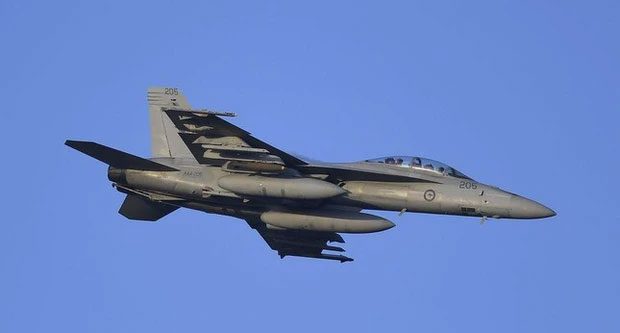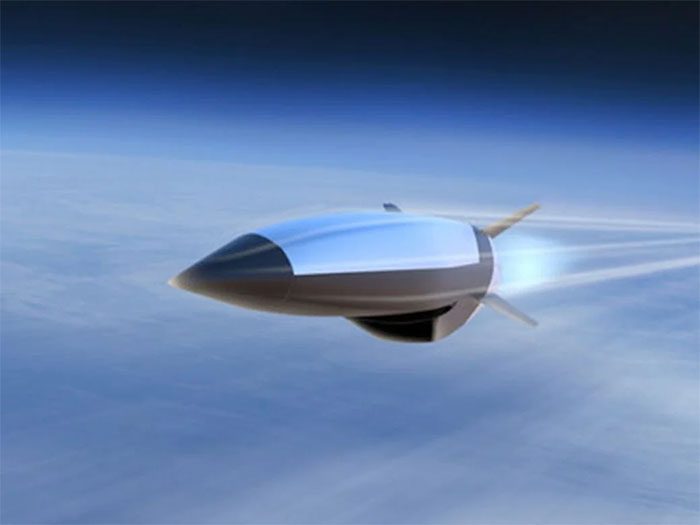Two American defense contractors, Raytheon and Northrop Grumman, have secured a contract worth $985 million to develop the world’s first Hypersonic Air-breathing Cruise Missile (HACM), according to a U.S. Air Force announcement made in September.
The HACM, developed for the United States and Australia, is an air-launched hypersonic cruise missile designed to rapidly strike ground targets. Under the terms of the contract, the Pentagon is expected to receive the first missiles by 2027.
In 2020, the U.S. and Australia initiated the South Cross Integrated Flight Research Experiment (SCIFiRE) partnership. Named after the constellation featured on the Australian flag, SCIFiRE aims to develop a weapon system using air-breathing jet engines intended for deployment on U.S. and Australian aircraft, including the F/A-18 Super Hornet, F-35A, P-8A Poseidon reconnaissance aircraft, and several other aircraft.

F/A-18F is one of the aircraft that will carry the hypersonic cruise missile. (Photo: Getty Images).
According to the contract, Raytheon’s SCIFiRE prototype will evolve into a practical weapon system. The HACM is a tactical weapon designed for use on the first day of a large-scale conflict.
U.S. Air Force Chief of Staff CQ. Brown stated: “The HACM will provide commanders with tactical flexibility to use fighter jets to engage high-value, time-sensitive targets while keeping bombers available for other strategic objectives.”
The HACM will be the world’s first operational weapon system utilizing air-breathing jet engines. Although its speed has not been disclosed, according to the National Aeronautics and Space Administration (NASA), this type of engine is expected to operate at speeds of at least Mach 15, equivalent to nearly 19,000 km/h, fast enough to circle the Earth in about two hours.
Mary Petryszyn, President of Northrop Grumman Defense Systems, remarked: “The HACM creates a new class of important strategic weapon for the U.S. military. Our air-breathing jet engine technology is ushering in a new era of faster weapons with greater survivability and operational capability.”

Concept simulation of a hypersonic cruise missile. (Photo: Raytheon).
Traditionally, cruise missiles use propeller jet engines to power the missile, propelling them at subsonic speeds. The HACM is a hypersonic weapon, flying at speeds of Mach 5 or faster.


















































